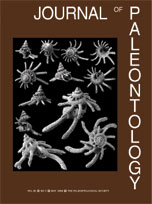Microscopic teeth isolated from the early Cambrian Mahto Formation, Alberta, Canada, are identified as components of a molluscan radula, the oldest on record. Tooth-rows are polystichous and lack a medial rachidian tooth-column. Anterior-posterior differences in tooth-row morphology are interpreted as ontogenetic and correspond broadly to the diversity of isolated teeth, some of which correspond closely with those of extant aplacophoran molluscs. Associated pock-marked cuticular fragments are interpreted as having supported multiple biomineralized sclerites/spines in the manner of a modern chiton girdle. On the assumption that the cuticle and radula derive from the same species, there is a strong case for identifying this fossil as an aculiferan (aplacophoran polyplacophora) mollusc, possibly a stem-group chiton. Similarities between the Mahto radula and the feeding apparatus of Wiwaxia and Odontogriphus are shown to be superficial. Terminal wear on some of the Mahto teeth indicate that they were used to scrape hard-substrates.
How to translate text using browser tools
1 May 2008
An Early Cambrian Radula
Nicholas J. Butterfield
ACCESS THE FULL ARTICLE

Journal of Paleontology
Vol. 82 • No. 3
May 2008
Vol. 82 • No. 3
May 2008




